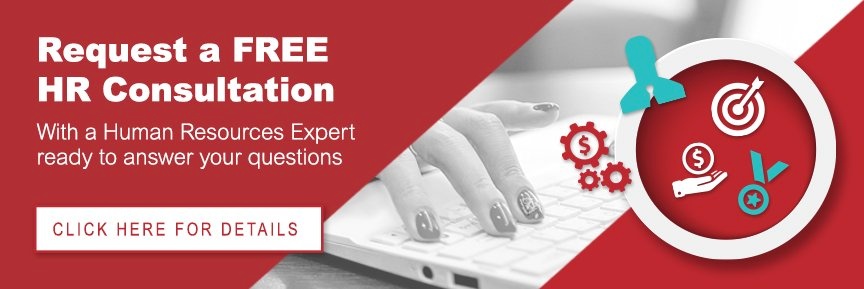
The COVID-19 pandemic has affected every aspect of our lives, and how we work has not escaped change. If anything, office and workplace culture are some of the most significantly impacted areas. In March 2020, most workplaces abruptly pivoted, with little preparation, to a remote or mostly-remote environment.
Not all the changes have been bad, although the way they came about has no silver linings. But some of these changes will likely stay into the future. Business owners and HR professionals must work out the best way to embrace these changes and support a better workplace culture moving forward.
Here are several key areas to consider.
Adjusting to Digital Communication
Maintaining communication and collaboration over remote networks resulted in investment in new digital channels. Before March 2020, few people heard of Zoom, but companies rely on it and other video conferencing counterparts.
Few companies that have invested in these tools will entirely go back to their old ways of doing things, even if their workers are back in the office. Collaboration tools allow for hybrid workplaces, for people to work from home when mildly sick (and thus avoid spreading germs), offer greater flexibility, and keep regional offices more connected. Digital channels allow management to empower employees and communicate on a broader scale. They also let company-wide meetings take place more conveniently without worrying about having a large enough physical space.
Face-to-face communication remains essential, especially for more extroverted individuals. Video conferencing and other tools allow for more accessible communication with remote workers, clients and vendors, and those who might be on the far side of the country or the world. It also provides employees a direct channel to easily communicate with their supervisors, reducing the top-down feel of a traditional office.
These channels also add further options for how you communicate with third parties you may work with or hire to handle other responsibilities. It can be easier for you to handle consultant calls on a video call, rather than paying to fly them to your location.
Employee Priorities Have Changed
The "Great Resignation" is a symptom. People have decided that life is too short to stay in jobs they do not enjoy or give them what they need. Some people have reacted to the pandemic by becoming more ambitious, seeking promotions and raises so they have more money to, say, purchase a larger home for their family. Others want a greater work-life balance, spending more time with family. Many are now demanding work from home not as a perk but as the baseline. Younger employees expect their bosses to be loyal to them and refuse to be seen as interchangeable. They give their loyalty with greater thought and are not loyal to those who do not treat them with mutual respect. All of this is driving increased turnover.
Maintaining good employees through these times means that you need to accept and understand that the balance of power has shifted. With many positions sitting unfilled, employees have more leverage, and many of them are trying to use it. Fewer employees are willing to stay in a job out of fear that they won't be able to find anything else without a proactive reason to stick around.
Managers must listen to what employees want and what their focus is and look for ways to fulfill those desires while building the business. Thankfully, these two things are not at odds, but understanding your employees' priorities is vital to moving forward.
Both things lead to a new priority for employers.
Proactively Manage Your Culture
It's not enough anymore to hope that your workplace culture follows as you try to run your business. Instead, you need to manage your culture proactively, putting solid effort into making everything work.
A remote or hybrid workplace can often lose the feeling of connectedness that comes when everyone is in the office. There are numerous advantages to remote work, including improved productivity in many cases, but it does make it harder to keep everyone on the same page. Regaining this connectedness means you need to put effort into establishing and sustaining culture through digital channels. The pandemic has taught us a lot about what does and does not work in this regard. (Mandatory fun works no better online than it typically does in person).
Some tools are valuable whether you are in person or remote, such as standard email or messaging systems. If you have workers both in the office and remote, try to avoid cliquish behavior. Remote workers can quickly become disadvantaged for raises and promotions if they are more distant from office culture. Preventing this takes conscious work and effort.
Maintaining workers through this challenging time also requires being more proactive about your culture. It has always been more important than most employers think, but now it has come to the fore. People don't want a job, they want a great place to work, and unhappy employees will become unproductive, disengaged, and ultimately quit. You can't enforce a good workplace culture. Instead, you must develop it by working on tactics to keep everyone focused and engaged.
Embrace Lasting Workplace Changes
The shift in the way we work is likely, in part, permanent. Although many companies are slowly returning to their offices, some have realized that work from home is suitable, and others had their industries decide for them. Office jobs can continue with a hybrid structure and may have offered remote roles to a small extent pre-pandemic. Regardless of how your office changes, it’s crucial to take an active role to help your business thrive.
Outsourcing HR to a professional employer association (PEO) can help! By dealing with mundane matters such as payroll and benefits administration, outsourcing frees up your in-house HR team to work on making your company an excellent environment for you and your employees.

